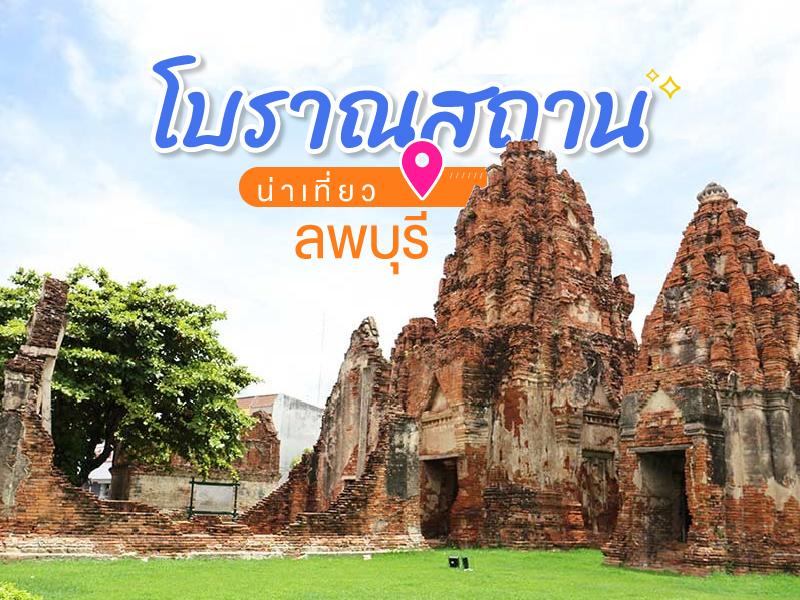
ลพบุรีโบราณสถาน ย้อนยุค น่าเที่ยว
 2028
2028
 10 จุดน่าเที่ยวเช็คอิน ย้อนยุคเมืองลพบุรี
10 จุดน่าเที่ยวเช็คอิน ย้อนยุคเมืองลพบุรี
The palace was built in 1665 and 1677, when King Narai the Great decided to make Lop Buri the second capital of the Ayutthaya Kingdom. Although the buildings were designed by with the contributions of French architects, the Khmer influence was still strong. The Palace was a perfect blend of the both world, an awesome mixture of Khmer-European styles. After the death of King Narai the Great in 1688...
read more
This museum was established in 1924 by with the Phra Narai Ratchaniwet as its exhibition halls. Currently, three historical buildings are used to display various art objects, including an impressive collection of Lop Buri-style sculpture and Khmer, Dvaravati, U-Thong and Ayutthaya arts. In addition, traditional agricultural tools, including ploughs, carts, grain separators and fish traps, are on d...
read more
The Vichayen House was built at the royal command of King Narai the Great. It initially served as a residence of Chevalier de Chaumont, the first French ambassador to Thailand during the reign of King Louis XIV. Later on, it was occupied by the Greek, Constantine Phaulkon, who later became King Narai's advisor and was granted the position of royal minister - Chao Phraya Vichayen. Located just 300 ...
read more
Prang Khaek is the oldest monument of Lop Buri and the oldest Khmer-style Hindu Shrine to be found in Thailands central region. A fascinating small compound of Khmer remains, it consists of the three brick prangs constructed without adjoining corridors. Prang Khaek was restored by King Narai the Great in the 17th century. Recently restored by the Fine Arts Department, it is located on Vichayen Roa...
read more
Located on Vichayen Road, approximately 200 meters from the railway station, Phra Prang Sam Yot is Lop Buri’s best known landmark and provincial symbol. A former Hindu Shrine built in the 13th century in the classic Bayon style of Khmer architecture, the compound comprises three prangs (towers) linked by a corridor. The three laterite and sandstone spires decorated with classic stucco are ...
read more
Another former Brahman Shrine located next to Wat Phra Prang Sam Yot, across the railway station, is San Phra Kan. The compound is comprised of both old and new sections. The former can be dated back to the Khmer period, as attested by the laterite mound that was found. The new section, constructed in 1951, contains a famous object of worship – a four-armed Vishnu figure fixed with a Buddh...
read more
Located north of the railway station near San Phra Kan is Wat Nakhon Kosa which may have originally been a Hindu Shrine as the temple was built in 1157 by the Khmers. Later on, U-Thong style cement Buddha images were added on the prangs....
read more
Commonly known as Phra Thinang Yen, the Hall is located on an island in a dried up lake, Thale Chupson, which once supplied fresh drinking water to the people of Lop Buri. Kraison Siharat Hall was used as the residence of King Narai, Jesuits and envoys of King Louis XIV of France when they came to witness a lunar eclipse on 11 December, 1685...
read more

































